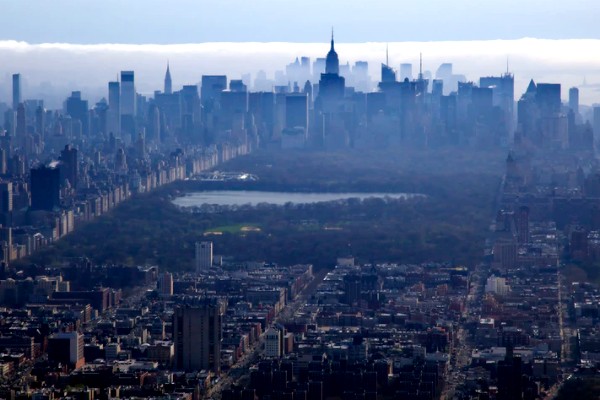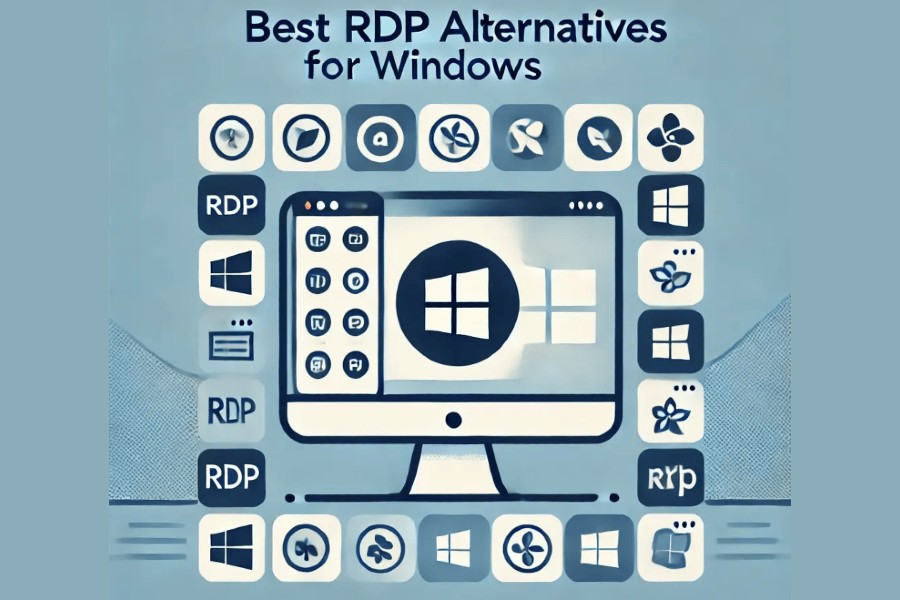
Approved by then-Mayor Bill deBlasio in 2015, the OneNYC 2050 Strategic Plan provides the roadmap for a more diverse, inclusive, and progressive New York City.
The plan outlines goals and benchmarks in eight different areas, including health, education, climate resilience, environmental conservation, and infrastructure.
In April 2022, the NYC Mayor’s Office summarized its achievements through the 2022 Progress Report. The City hit notable milestones in all eight areas.
Improve Democratic Participation
Nearly 80% of the city’s eligible voters do not participate in local elections. OneNYC’s Vibrant Democracy goals aim to reverse this trend by directly engaging residents and promoting citizen participation. In 2022, the agency DemocracyNYC registered 20,000 young voters through its outreach campaign.
Residents also participated in several committees and summits focused on key issues. In an effort to involve more youth in activism and community organizing, New York City expanded its Youth Leadership Council to 300 members.
Promote a More Inclusive Economy
New York City’s thriving economy is not shared equitably amongst its residents. The OneNYC plan aims to equalize access to good jobs and business opportunities by expanding workforce development programs and ensuring that all workers are paid fairly.
In 2022, the NYC Department of Small Business Services distributed more than $3.5 million to 20 economic and workforce development organizations in the Bronx, Brooklyn, Queens, and Manhattan.
The city has also encouraged businesses to implement policies that would improve inclusion and diversity in their hiring and talent development processes. Companies seeking to attract a broader range of candidates can work with a diversity coach to identify areas where bias or other factors may thwart diversity efforts.
Increase Access to Safe and Secure Housing
New York City has one of the highest costs of living in the world. A 2018 study by the Citizens Budget Commission found that nearly one out of every two residents is house burdened, which means they pay more than a third of their income in rent. High housing costs correlate with an increased risk of financial insecurity, eviction, and homelessness.
As of 2022, the city is on track to add 300,000 more affordable units to the market by 2026. The strategy also calls for increased access to rental assistance and eviction prevention programs.
Improve Healthcare Access
According to the Community Service Society, a New York City-focused nonprofit, nearly 1 million New Yorkers are uninsured. Many of these people either do not know about or cannot afford their health insurance options.
The OneNYC plan aims to connect all New Yorkers to the health care system by increasing enrollment in the NYC Care program, which provides free or low-cost healthcare to low-income residents. The city will also expand healthcare access by building new healthcare centers in Queens, Brooklyn, the Bronx, and Harlem.
Ensure a High-Quality Education for All
The city highlights early education, college readiness, and student inclusion as the key issues in its strategic plan. The Department of Education (DOE) is working closely with early education experts and providers to launch universal pre-k for the city’s four-year-olds.
In the K-12 sector, the DOE has expanded college readiness courses by offering more Advanced Placement courses and additional support programs for students with additional needs. The plan also addresses inclusion in the school system by training educators on implicit bias and restorative justice practices.
Reduce Carbon Output
Possibly the most ambitious goal in the strategic plan, New York City aims to reach carbon neutrality by 2050. The city is also working towards running completely on clean energy sources.
The plan calls for developers, businesses, and residents to adopt environmentally sustainable practices, such as solar panel installation and reducing meat consumption. The city is also incorporating more environmentally conscious practices into its waste management processes.
Eliminate Congestion and Street Traffic
Following the pandemic, individual car ownership rates skyrocketed. The city is making strides to improve public transit systems to encourage residents to use more sustainable methods of transport.
In addition to modernizing and expanding existing subway and bus lines, the city enrolled more than a quarter of a million residents in the Fair Fares NYC program. Through the program, low-income New Yorkers can receive a steep discount on public transit fares.
Modernize the City’s Infrastructure
Similar to other major cities in the United States, New York City is grappling with aging infrastructure. Under the OneNYC plan, the government will invest billions of dollars to repair the city’s roads, facilities, plants, and cybersecurity systems. The city is also progressing toward its Smart City ambitions by incorporating data collecting technology throughout its infrastructure. For example, smart sensors can capture and analyze data about carbon emissions, food production and waste, and air quality.
Become a Harlem Insider!
By submitting this form, you are consenting to receive marketing emails from: . You can revoke your consent to receive emails at any time by using the SafeUnsubscribe® link, found at the bottom of every email. Emails are serviced by Constant Contact








